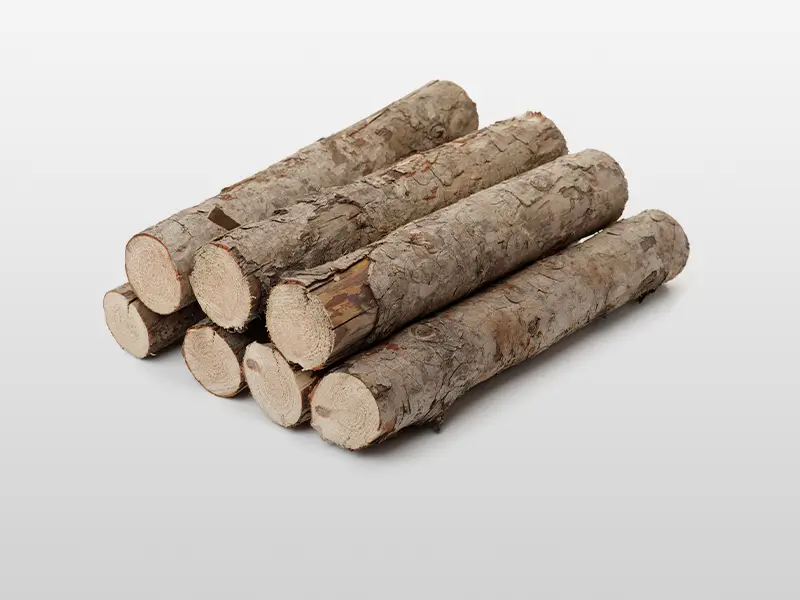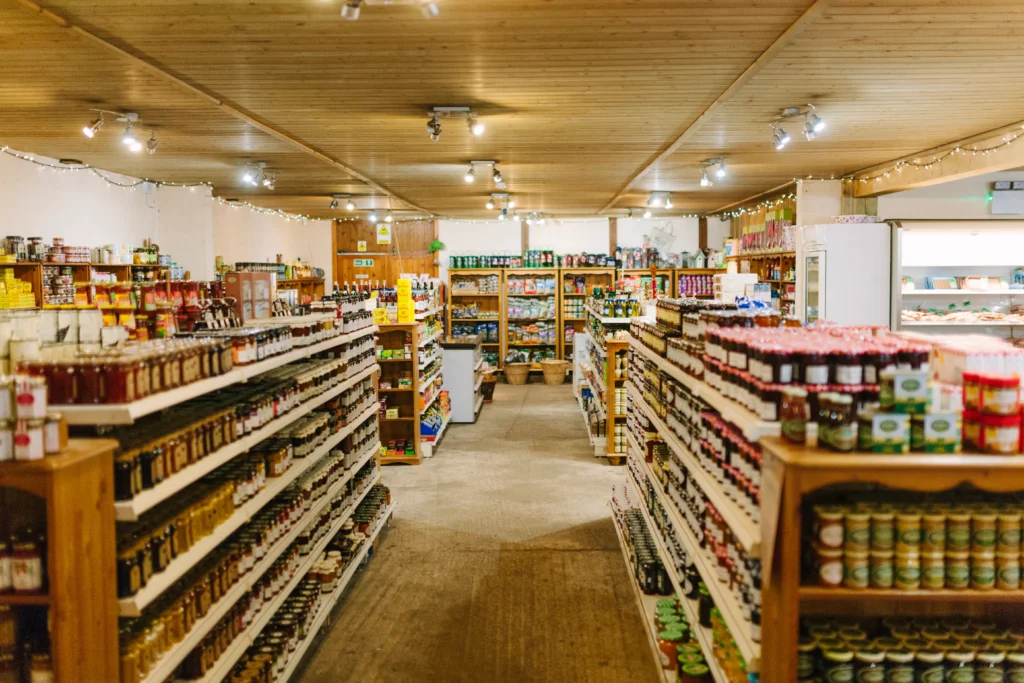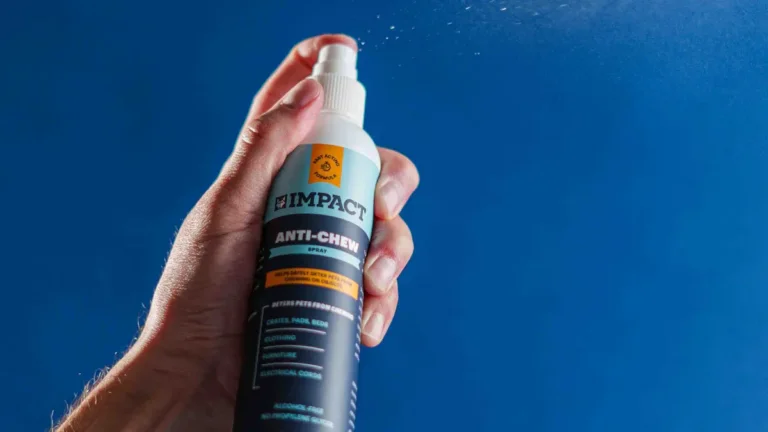Bio Odor Control Activated Carbon
.webp)
Buy Bio Odor Control Activated Carbon
Industry Challenges
Adsorption Limits
- Works poorly in high humidity or heat.
- Struggles with certain odors (e.g., sulfur compounds, ammonia).
- Clogs easily from particles/biofilms.
High Maintenance
- Wears out fast, needing frequent replacement.
- Spent carbon is hazardous waste (hard to dispose).
- Requires extra equipment (filters, dryers) to work well.
Safety Risks
- Can overheat and catch fire in some conditions.
- Biofilms grow on wet carbon, causing new odors.
Design Flaws
- Wrong size/type of carbon used.
- Poorly built systems leak odors.
Sustainability Issues
- Throwing away used carbon wastes resources.
- Works best in hybrid systems (hard to manage).
related types of activated carbon
-r8fslg51nt6wgjtvh6yldxb1gtkgm3lpe0oq1akgog.webp)
- Iodine Value: 600-1200
- Mesh Size: 1×4/4×8/8×16/8×30/12×40/20×40/20×50/30×60/40×70 (More size on request)
- Apparent Density: 400-700
-r8fsli0q1h9h3rr567ruiwtynlb71ht629zozuhoc0.webp)
- Iodine Value: 500-1300
- Mesh Size:0.9-1mm/1.5-2mm/3-4mm/6mm/8mm(More size on request)
- Apparent Density: 450-600
-r8fslbfupn0gui0p8mxgjghqhw7mjm31pdfamwrfjk.webp)
- Iodine Value: 500-1300
- Mesh Size: 150/200/300/350 (More size on request)
- Apparent Density: 450 – 550
-r8fsle9da54btbwls65c8xs4a1tq6pe8prdr2qn90w.webp)
- Iodine Value: 400-800
- Mesh Size: 100×100×100mm/100×100×50mm (Custom cell density on request)
- Apparent Density: 350-450
- Bore Diameter:1.5-8mm

- Iodine Value: 700-1200 mg/g
- Surface Area: 700-1200 m²/g
- Apparent Density: 320-550 kg/m³

- Iodine Value: 700-1200 mg/g
- Surface Area: 700-1200 m²/g
- Apparent Density: 320-550 kg/m³

- Iodine Value: 700-1200 mg/g
- Surface Area: 700-1200 m²/g
- Apparent Density: 300-650 kg/m³

- Iodine Value: 700-1200 mg/g
- Surface Area: 700-1200 m²/g
- Apparent Density: 320-550 kg/m³

- Activation Method: Steam/gas activation at high temperatures
- Pore Structure: Microporous-dominated, uniform pore distribution
- Environmental Profile: Chemical-free, low ash content
- Primary Applications: Gas-phase adsorption, drinking water purification

- Activation Method: Chemical activation (e.g., H₃PO₄/ZnCl₂) at moderate temperatures
- Pore Structure: Mesoporous-rich, higher surface area
- Process Efficiency: Shorter activation time, 30-50% higher yield
- Post-Treatment: Acid-washing required to remove residues

- Functionalization: Loaded with active agents (e.g., I₂/Ag/KOH)
- Targeted Adsorption: Enhanced capture of specific pollutants (e.g., Hg⁰/H₂S/acid gases)
- Customization: Chemically optimized for target contaminants
- Core Applications: Industrial gas treatment, CBRN protection
Why You Need Our Activated Carbon

Superior Adsorption Performance:
(1) Engineered pore structures (micro/meso/macro) target specific contaminants like polar VOCs, sulfur compounds, and low-molecular-weight odorous molecules.
(2) Consistent adsorption efficiency across varying humidity levels and temperatures.

Enhanced Safety and Stability:
(1) Proprietary acid-washed treatment minimizes spontaneous combustion risks in high-heat environments.
(2) Low-dust formulations ensure safe handling and reduce respiratory hazards during installation.

Extended Service Life:
(1) Optimized reactivation cycles via steam or thermal regeneration maintain >90% adsorption capacity after repeated use.
(2) Resists microbial colonization and pore clogging in bio-rich environments.

Customizable Solutions:
(1) Tunable surface chemistry (e.g., impregnation with catalysts) for specialized applications like medical odor control or industrial gas purification.
(2) Modular designs integrate seamlessly with existing biofilters, scrubbers, or HVAC systems.

Sustainability Alignment:
(1) Sourced from renewable precursors (e.g., coconut shells, bamboo) with closed-loop regeneration protocols.
(2) Complies with international environmental standards for end-of-life disposal and circular economy practices.
Process and Technolog
1. Residential/Household Applications
Solution Overview
(1) Integrated into air purifiers and HVAC filters using granular or pelletized carbon.
(2) Used in kitchen hoods, refrigerators, and pet areas to adsorb cooking smells, pet odors, and VOCs.

Key Advantages
- Immediate Odor Neutralization: Captures volatile compounds (e.g., formaldehyde from furniture) within minutes.
- Silent Operation: No moving parts required for adsorption.
- Safe for Indoor Use: Non-toxic and chemical-free, ideal for allergy-sensitive environments.
2. Commercial/Public Spaces
Solution Overview
(1) Ceiling-mounted carbon panels in offices, hotels, and hospitals.
(2) Custom scrubbers for restrooms, locker rooms, or smoking areas.

Key Advantages
- High-Capacity Adsorption: Handles dense human occupancy odors (e.g., sweat, perfumes).
- Low Maintenance: Long-lasting cartridges (months between replacements).
- Discreet Integration: Slim designs blend with interiors without noise disruption.
3. Waste Recycling & Processing Facilities
Solution Overview
(1) Multi-stage carbon towers paired with biofilters for landfill gas/composting plants.
(2) Mobile carbon units for garbage transfer stations or sewage treatment vents.

Key Advantages
- Targeted Hydrophobic Capture: Adsorbs stubborn sulfides, amines, and indoles resistant to biofilters.
- Fire-Resistant Designs: Specialty carbons (e.g., acid-washed) prevent combustion in methane-rich zones.
- Scalable Deployment: Modular systems adapt to fluctuating waste volumes.

